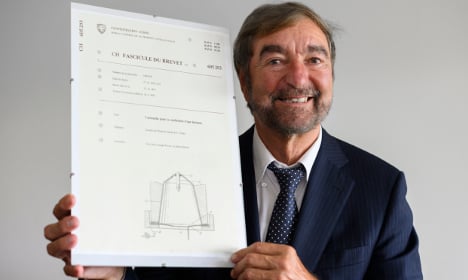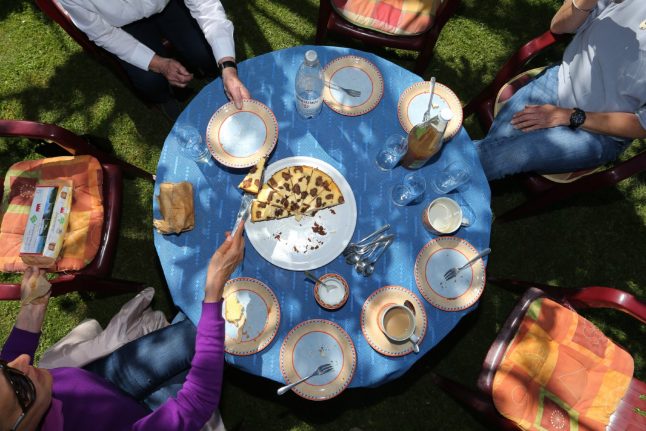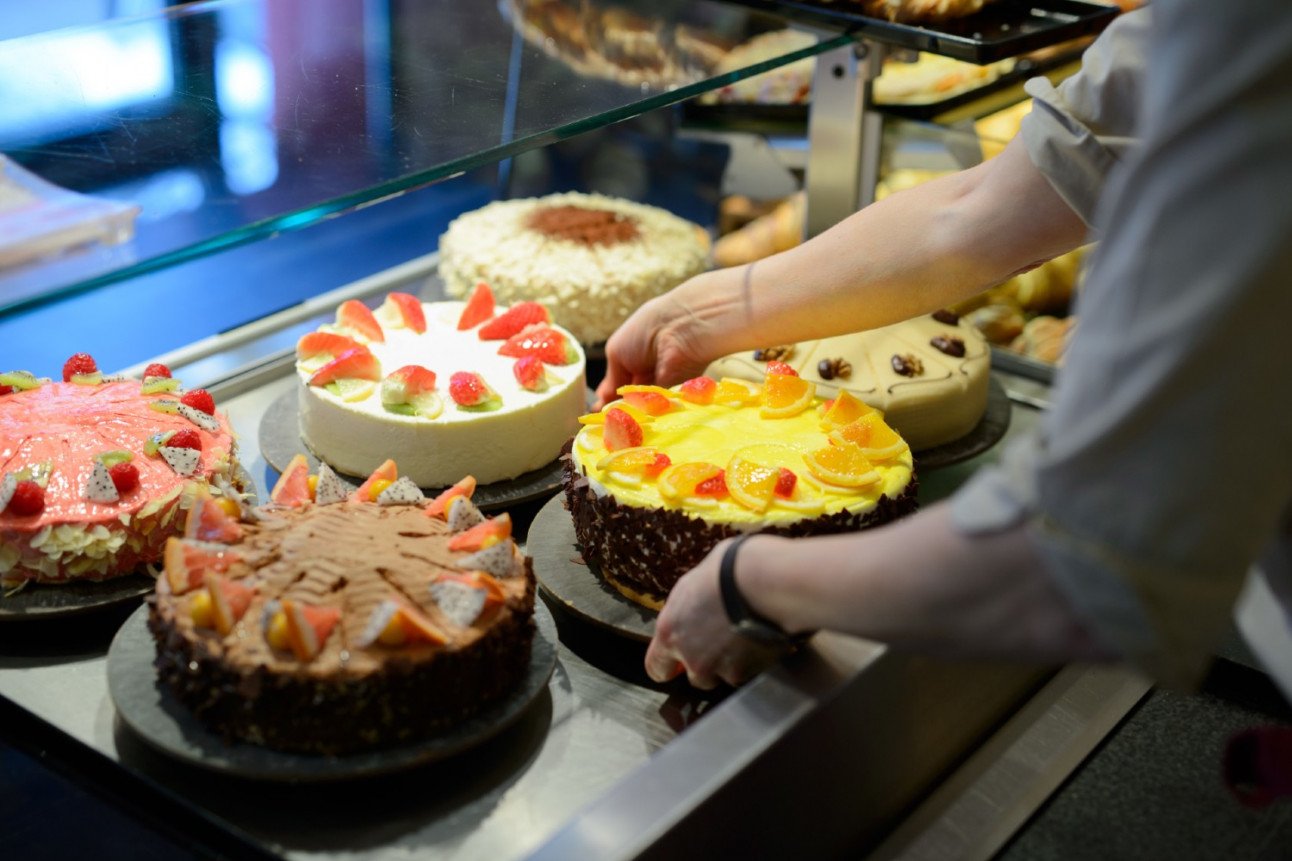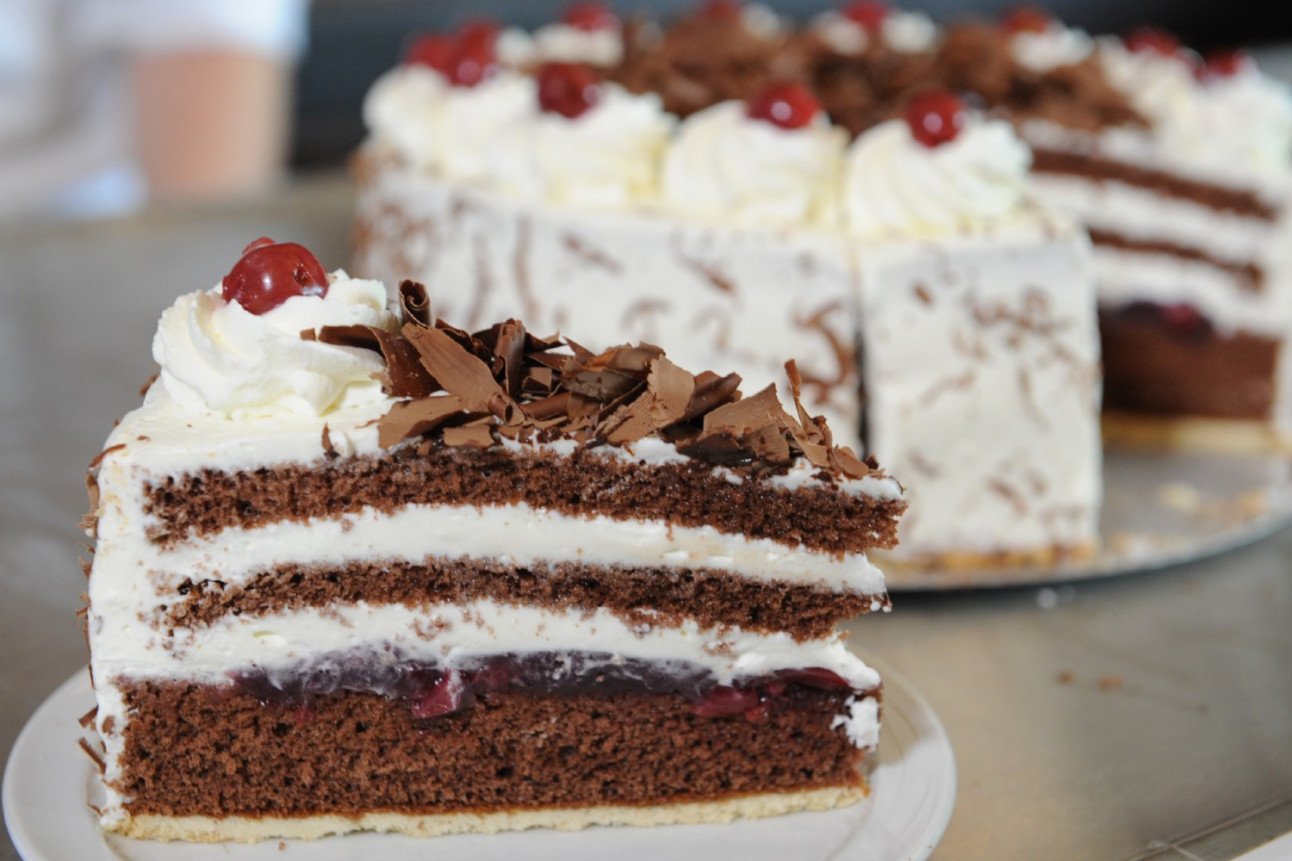The man who conceived of single-portion coffee capsules four decades ago told AFP he was always destined to be an inventor, but some teasing by his wife Anna-Maria steered him towards the idea that revolutionised home coffee consumption.
A trained rocket engineer, Favre said he joined Nestle's packaging department in 1975 to learn the inner workings of a multi-national corporation before branching out on his own.
That's when Anna-Maria told her Swiss husband that his country knew nothing about making coffee.
“I wanted to prove to my new wife that I have the capacity to make the best espresso,” Favre, 69, said during a tour of his office in Saint Barthelemy, Switzerland, which includes a small museum devoted to his iconic invention.
In the coming months he scoured Rome in search of the perfect brew and developed a prototype espresso machine that looked like an unused prop from one of the “Back to the Future” films — an awkward assembly of cylinders and tubes.
Resistance within Nestle against home-made espresso was stiff.
Nescafe, its enormously popular instant coffee blend, was enjoying its initial boom and company executives saw little need to invest in expensive home espresso machines, certain the instant mix would remain home consumers' preferred brew.
Favre persisted and Nespresso was finally launched in 1986, with Favre as its director general.
Thirty years on, the counter-top machine is a key revenue generator for Nestle, the world's largest food and beverage company. It no longer gives breakout statistics for Nespresso but the Bloomberg news agency estimated sales at $4.5 billion in 2015.
Yet challenges are mounting as competitors cut into Nespresso's market share and environmental concerns have risen about the waste generated by used pods.
Favre left Nestle long before Nespresso became a massive global brand with a movie-star pitchman, but voiced hope that the coffee pod's creation story would not be lost.
“It's not just about pictures of George Clooney,” he said, referring to Nespresso's brand ambassador.
In 1975, Favre's coffee quest took him to the Caffe Sant'Eustachio, now listed in travel guides as a place serving one of the best espressos in Rome, but which at the time stood out because it was busier than everywhere else.
Using Anna-Maria as his “spy”, Favre said he discovered that a key to Sant'Eustachio's superior coffee and crema was repeated aeration while hot water was being pumped through the coffee grinds.
His idea for a machine that aimed for maximum aeration through a carefully formulated single-portion pod was born while watching Sant'Eustachio's barrista, Favre explained.
In 1983, Nestle sent Favre on assignment to the Nescafe factory in Japan.
He decided to pitch Nespresso's merits to the chief executive there, hoping for better luck than he had with his bosses in Switzerland.
The plan worked and Nespresso launched in 1986, but it suffered initial stumbles and Favre left Nestle in 1991.
He went on to found a string of successful coffee pod companies, including Monodor, which developed more energy efficient pods that had more coffee and generated less waste from packaging.
Nespresso's popularity, meanwhile, exploded but several of its key patents expired in 2011, which represents “a major threat” to its future growth, said Virginia Lee, senior beverage analyst at market research firm Euromonitor International.
Competitors including companies that make Nespresso compatible pods “are growing rapidly and cannibalising Nespresso's share of coffee pods due to lower prices and wider distribution,” Lee wrote in a 2016 report.
In Western Europe, for example, Nestle's coffee pod market share fell from 41 percent in 2011 to 37 percent in 2015, according to Euromonitor.
Favre predicted this five years ago, telling the Global Coffee Review magazine in 2011 that Nestle would face threats from new capsule makers flooding the market and that to stay ahead, the company would have to maintain a rigorous focus on quality.
And despite leaving the company a quarter-centry ago under somewhat acrimonious circumstances, Favre is still willing to help.
Moving through his homemade exhibit that details the evolution of his capsule from clunky prototype to the widely sold version shaped like a miniature bucket, the businessman seemed proud that Nespresso's current chief executive Jean-Marc Duvoisin made the trip to Saint Barthelemy two months ago.
Asked why a top Nespresso boss would visit him, Favre said: “to learn this story”.





 Please whitelist us to continue reading.
Please whitelist us to continue reading.